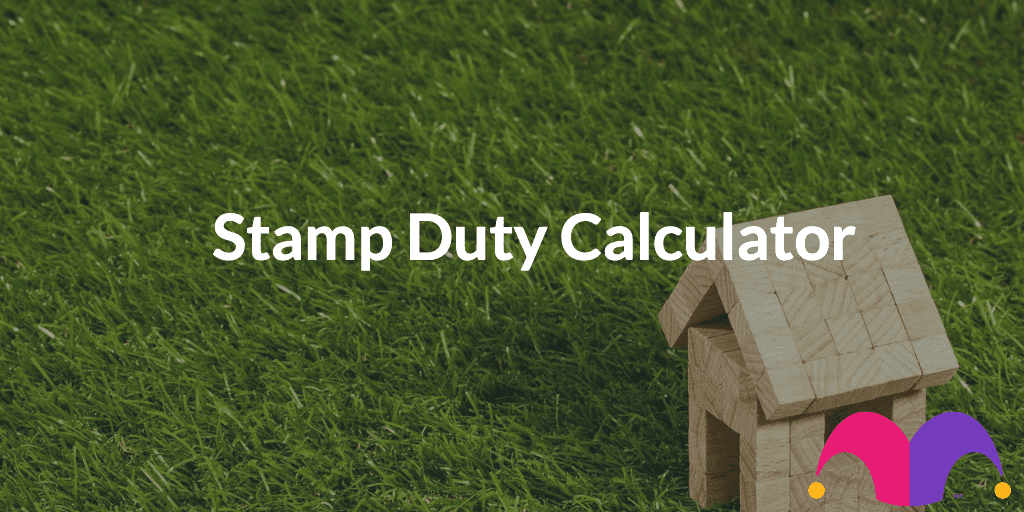Stamp duty is one of the main costs to budget for when buying a home in the UK. Whether you’re buying your first home or have previously owned one, our stamp duty calculator makes it easy to calculate how much stamp duty you’ll have to pay on it. Simply enter the price and location of the property and the calculator will give you an estimate of how much tax will be due when your purchase completes, so there are no nasty surprises.
Our calculator is only for the purchase of a main residence. It does not include buy-to-let properties or other properties.
What is stamp duty?
Stamp Duty Land Tax (SLDT) is a tax you have to pay when you buy a residential property or a piece of land over a certain price in England or Northern Ireland.
If you’re buying a property in Scotland, you will pay what is called Land and Buildings Transaction Tax (LBTT). In Wales, you will pay Wales Land Transaction Tax (LTT).
Stamp duty rates
The amount of stamp duty you pay depends on the purchase price of the property as well as where you live in the UK.
The tables below show the threshold levels and percentage of stamp duty payable for properties in England and Northern Ireland.
Current stamp duty rates
| Property Price | Stamp Duty Rate on Main Residence | Stamp Duty Rate for Additional Properties |
| Up to £125,000 (£300,000 for first time buyers) | 0% | 3% |
| £125,001- £250,000 | 2% | 5% |
| £250, 001 – £925,000 | 5% | 8% |
| £925,000 – £1,500,000 | 10% | 13% |
| £1,500,000+ | 12% | 15% |
Stamp duty for first time buyers
Since 2017, first time buyers in England and Northern Ireland have enjoyed a higher stamp duty threshold than people who have previously bought or owned homes. They don’t pay any stamp duty for properties valued below £300,000.
The rates for first time buyers are as follows:
| Purchase Price | Stamp Duty Rate |
| Up to £300,000 | 0% |
| £300,001 – £500,000 | 5% stamp duty |
| Over £500,001 | No first-time buyer’s relief, so buyers pay normal rate of stamp duty |
How and when to pay stamp duty
Stamp duty has to be paid within 14 days of completing your purchase. Failure to file your return on time will attract an automatic fixed penalty of £100. If you are more than three months late, the penalty increases to £200.
In Scotland and Wales, buyers have 30 days to pay the equivalent land or building taxes.
Your solicitor or conveyancer will typically pay the tax on your behalf. They will collect the money beforehand, submit your return to HMRC and then pay stamp duty on the completion date or even before.
You can also choose to complete a paper return and pay the tax yourself.
Can you avoid stamp duty?
Yes. It’s possible to lower or even avoid paying stamp duty by taking advantage of a number of reliefs or exemptions.
- You can haggle on the asking price of the property so that it falls into a lower tax threshold or even one which is not taxed.
- If you have been gifted a mortgage-free property, you won’t have to pay stamp duty on the property.
- If you buy out your ex-spouse’s or civil partner’s share of a jointly owned home, you won’t have to pay stamp duty on it.
The content in this article is provided for information purposes only. It is not intended to be, neither does is constitute, any form of tax advice as tax rules are complex, dependent on individual circumstances and may be subject to change in future. Readers are responsible for carrying out their own due diligence and for obtaining professional advice before making any decisions.
